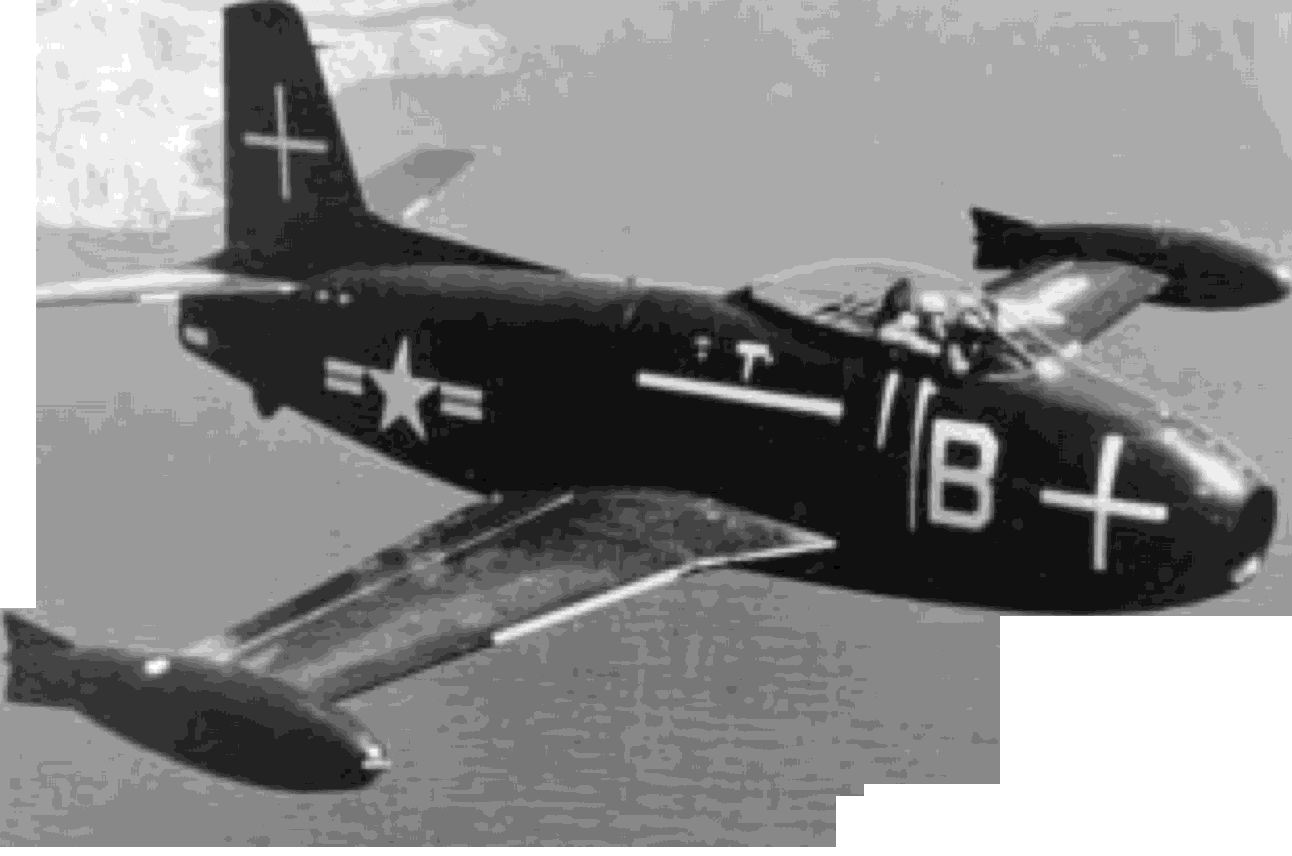

170
UNITED STATES NAVAL AVIATION
1910-1995
1947-Continued
1 December
HMX-1 was established at MCAS
Quantico, Va., Colonel Edward C. Dyer commanding. Its
mission was to develop techniques and tactics for the
various uses of helicopters in amphibious operations.
19 December
A New Development Board was
established to review the programs of the various
bureaus and offices and to recommend the priorities
of development projects to the Chief of Naval
Operations. This Board was replaced in May 1948 by a
Research and Development Review Board consisting
of the Chief of Naval Research and officers in the
Office of the Chief of Naval Operations responsible for
development.
19 December
The Research and Development
Board directed its Committee on Guided Missiles to
coordinate the Earth Satellite Vehicle Project, thereby
taking this function over from the Aeronautical Board.
30 December
The President's Air Policy
Commission, Thomas K. Finletter, Chairman, submitted
its report based on extensive hearings covering a peri-
od of over three months. The report, "Survival in the
Air Age," was a broad review of the international situ-
ation in terms of the proven effectiveness of air power
and its added potential for destruction with the advent
of the atomic bomb. The report stressed the need to
maintain military forces large enough to make aggres-
sion dangerous and particularly emphasized the
urgency of building up strong military aviation with its
supporting industry and civil air transport, and of
encouraging a progressive research and development
-
program to maintain the existing margin of superiority
held by the United States.
1948
1 January
The headquarters of the Naval Air Basic
Training Command was transferred from Corpus
Christi, Tex., to NAS Pensacola, Fla.,and Naval Air
Training Bases, Corpus Christi was disestablished. At
the same time, the Naval Air Advanced Training
Subordinate Command was established at NAS Corpus
Christi.
1 March
The Congressional Committee on National
Aviation Policy, headed by Senator Owen Brewster,
submitted its report which, although differing in some
respects with the earlier report submitted by the
President's Air Policy Commission, was a general reit-
eration of its conclusions in regard to the effect of air
power on the national security and the need for a
national policy that would build a strong military air
force supported by a healthy aircraft industry and civil
aviation.
4 March
A Test Pilot Training Division was estab-
lished at the Naval Air Test Center, Patuxent River,
Md., to instruct experienced fleet pilots in aeronautical
engineering and techniques of flight testing. Ten years
later this Division became the U.S. Naval Test Pilot
School.
10 March
The carrier suitability of the FJ-1 Fury jet
fighter was tested on board
Boxer
off San Diego, with
a number of landings and takeoffs by Commander
Evan P. Aurand and Lieutenant Commander Robert M.
Elder of VF-5A.
FJ-l Fury, early
design of an all-
jet fighter
1053785
-- -
-
 |
12 |
 |